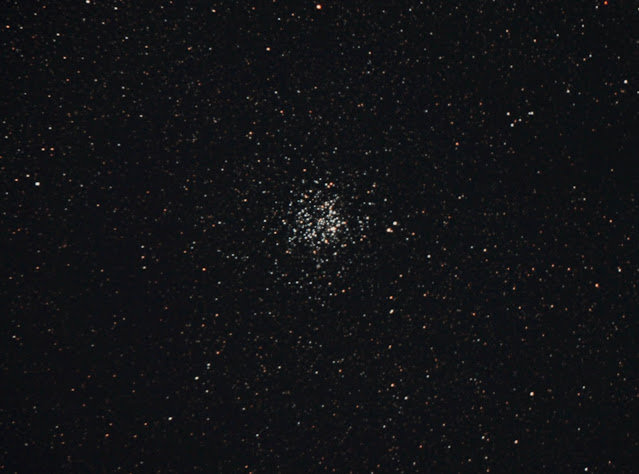After 1:00 am, when the full cutoff LED street lights are turned off, the difference in the sky is remarkable; stars become visible overhead down to about magnitude 5.3.
The following image was captured using a Canon 10D set at ISO 3200 with an 18mm lens at f/2.8. I took twelve ten-second subframes along with matching dark frames to minimize noise in the final image.
Another image was taken from my backyard in Newport at 2:00 am after the street lights were off. The Milky Way was clearly visible with stars down to about magnitude 5.4.
For this, I used my Canon 10D DSLR camera set at ISO 3200 on a tripod, with an 18mm lens at f/2.8. I captured 16 fifteen-second subframes with matching dark frames and stacked them using Deep Sky Stacker software.





